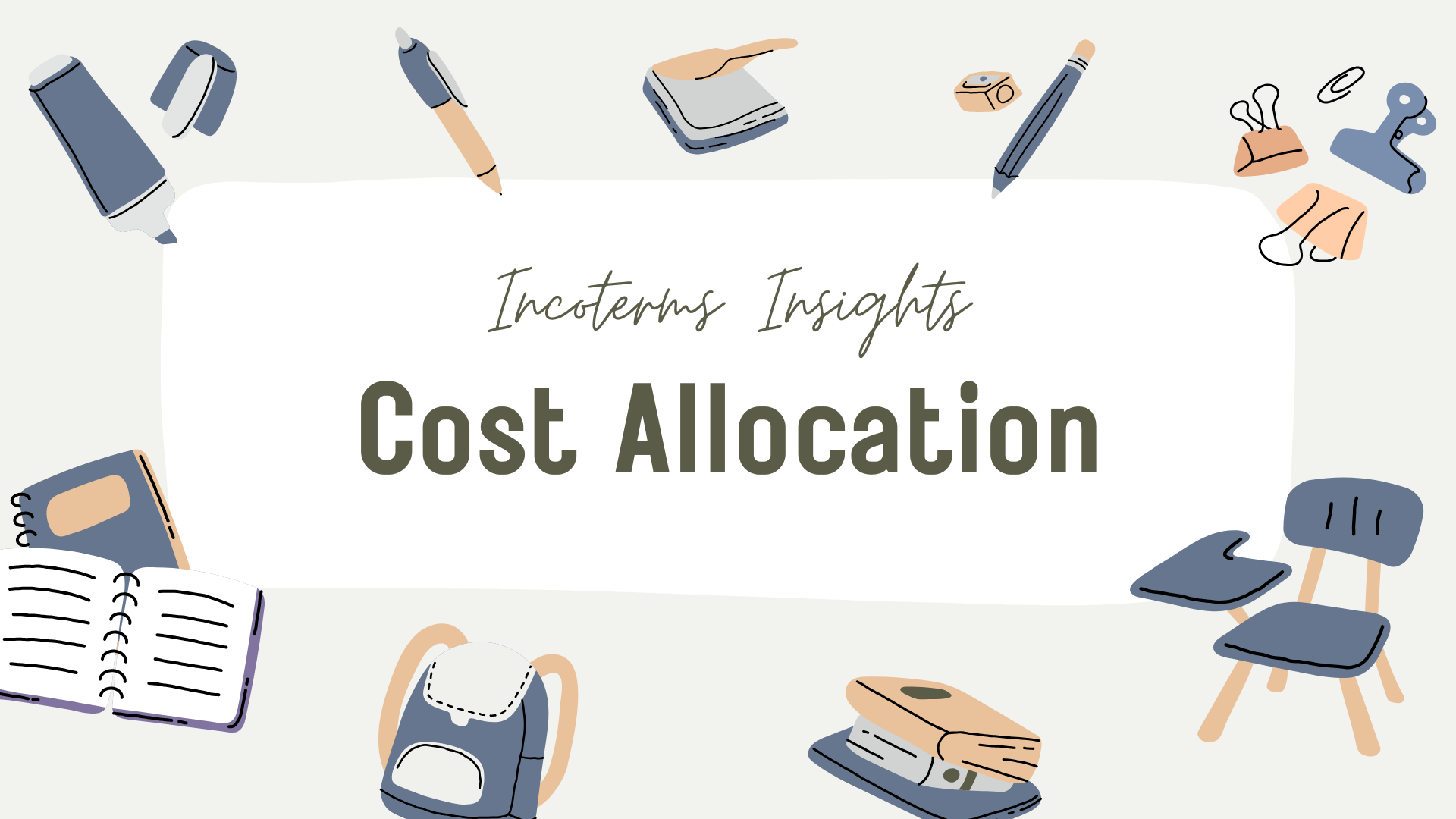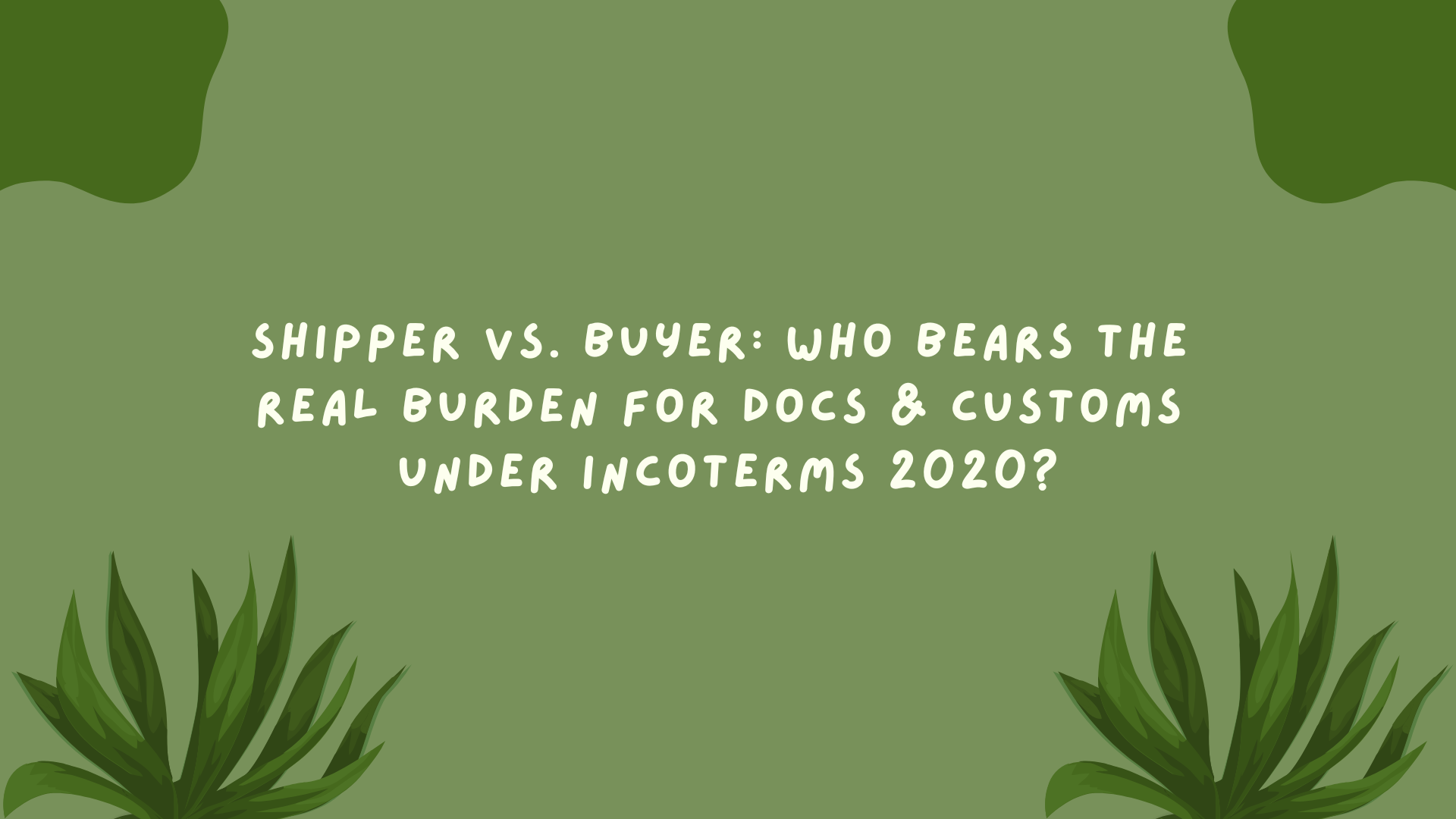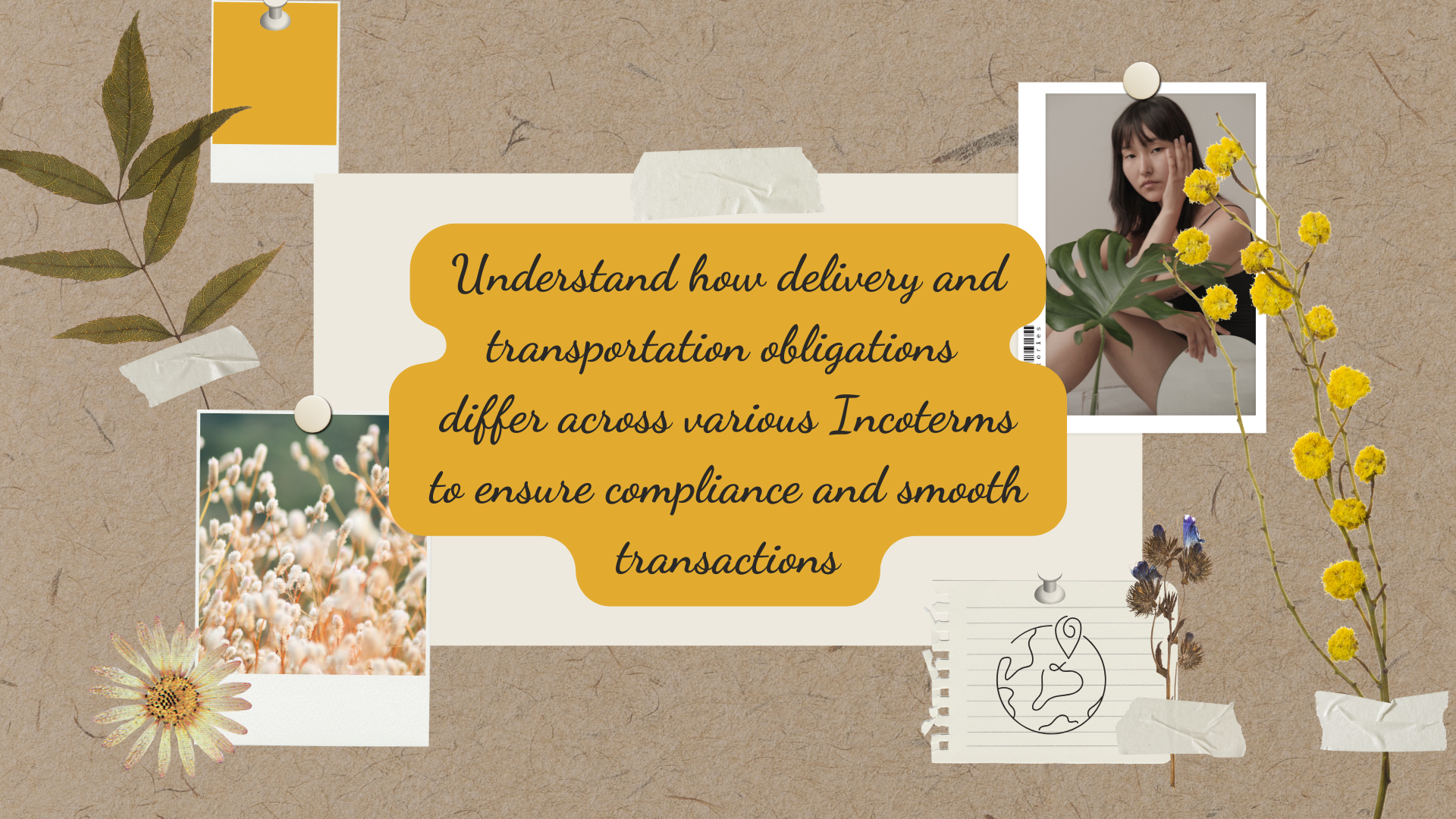When does Risk truly transfer? Rethinking Incoterms and Buyer-Seller responsibilities | Incoterms Insights
Incoterms (International Commercial Terms) are a set of globally recognized rules that define the responsibilities of buyers and sellers in international trade. One of the most critical aspects of Incoterms is determining when risk transfers from the seller to the buyer. This moment marks the point at which the buyer assumes responsibility for any loss or damage to the goods. Understanding risk transfer is essential for managing liabilities and ensuring smooth transactions. So, when exactly does risk transfer occur under different Incoterms? Let’s explore this key question to clarify the responsibilities of both parties in international trade.
❓When does risk transfer in EXW?
📍Risk transfers when goods are made available at the seller’s premises for collection.
❔Where does risk transfer in FCA?
📍Risk transfers when goods are delivered to the carrier or another party nominated by the buyer.
❓Where does risk transfer in CPT?
📍When the goods are handed over to the first carrier.
❔What happens if goods are damaged in CIP?
📍The buyer bears the risk if damage occurs after the goods are handed over to the carrier, but the seller must provide
❓How does DAP affect risk transfer?
📍The seller bears the risk until the goods are placed at the disposal of the buyer at the named destination.
❔How is risk handled in DDP?
📍The seller bears all risks until the goods are delivered to the buyer at the named destination.
❓When does seller risk shift in CFR?
📍Risk transfers when the goods are loaded on board the vessel.
❔Who is liable for damage in Multimodal transport?
📍Risk transfer depends on the specific Incoterms and instructions given by the parties.
❓How are goods handled during FCA transport?
📍Risk transfers when goods are handed over to the carrier or another party nominated by the buyer.
❔How does CFR affect risk transfer?
📍Risk transfers when the goods are loaded on board the vessel at the port of loading.
❓When is risk transferred in an FCL shipment?
📍When the goods are handed over to the first carrier, typically when the container is loaded at the seller’s premises or at the agreed point of handover.
❔How is risk handled in LCL container shipments?
📍Risk transfers when the container is closed or sealed.
❓What’s the risk transfer point in CFR?
📍When the goods are loaded on board the vessel at the port of shipment, even though the seller is responsible for paying freight to the destination port.
❔How does FOB affect risk in bulk cargo?
📍Risk transfers to the buyer when the goods pass over the ship’s rail or are loaded on board the vessel at the named port of shipment.
❓Where does the buyer assume risk in CPT?
📍When the goods are handed over to the first carrier, even though the seller is responsible for transportation costs to the agreed destination.
❔When is risk transferred in FCA for air transport?
📍When the goods are handed over to the air carrier or another agreed handover point, such as the airline’s handling agent or terminal.
❓How is risk handled during rail transport?
📍When the goods are handed over to the rail carrier at the agreed location.
❔When is risk transferred in CIP for rail transport?
📍When the goods are handed over to the rail carrier, but the seller must provide insurance for the buyer’s benefit up to the named place of destination.
❓How is risk managed for bulk cargo at ports?
📍Risk transfers when the goods are loaded on board the vessel at the named port of shipment, as per CFR, FOB, or similar Incoterms.
❔How is risk handled for collection?
📍The buyer assumes the risk from the moment the goods are made available for collection at the agreed location (e.g., under EXW – Ex Works).
When does risk truly transfer? It’s time to rethink Incoterms and the real responsibilities of buyers and sellers—understanding this can make all the difference in a seamless transaction!
📝 Did this content give you a fresh and interesting perspective? 🔍



🪴 Liệu bạn sẽ tiếp tục bước đi trong khuôn mẫu cũ, hay dám khai phá một con đường mới cho chính mình?
Mọi con đường dẫn đến sự trưởng thành đều khởi đầu từ một bước chân nhỏ bé nhưng đầy ý nghĩa. Trong hành trình khám phá và phát triển chính mình, chúng ta không thể chỉ lặp lại những lối mòn cũ kỹ – mỗi ngày là một lời mời gọi để phá vỡ những giới hạn trong tư duy, để làm mới cách nhìn nhận về bản thân và thế giới. Chỉ khi dám thách thức những khuôn mẫu quen thuộc, chúng ta mới tạo ra ngọn lửa động lực thực sự, không phải để chứng minh với ai, mà để sống đúng với con người tự do và trọn vẹn mà ta khao khát.




